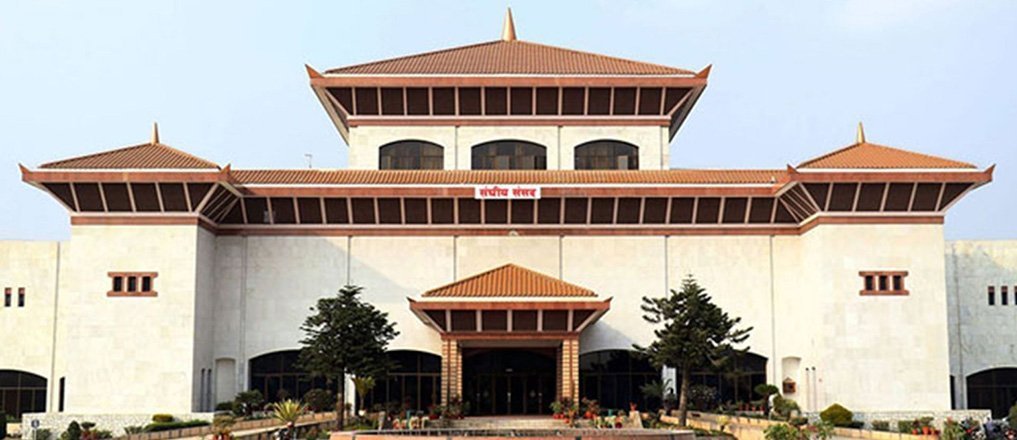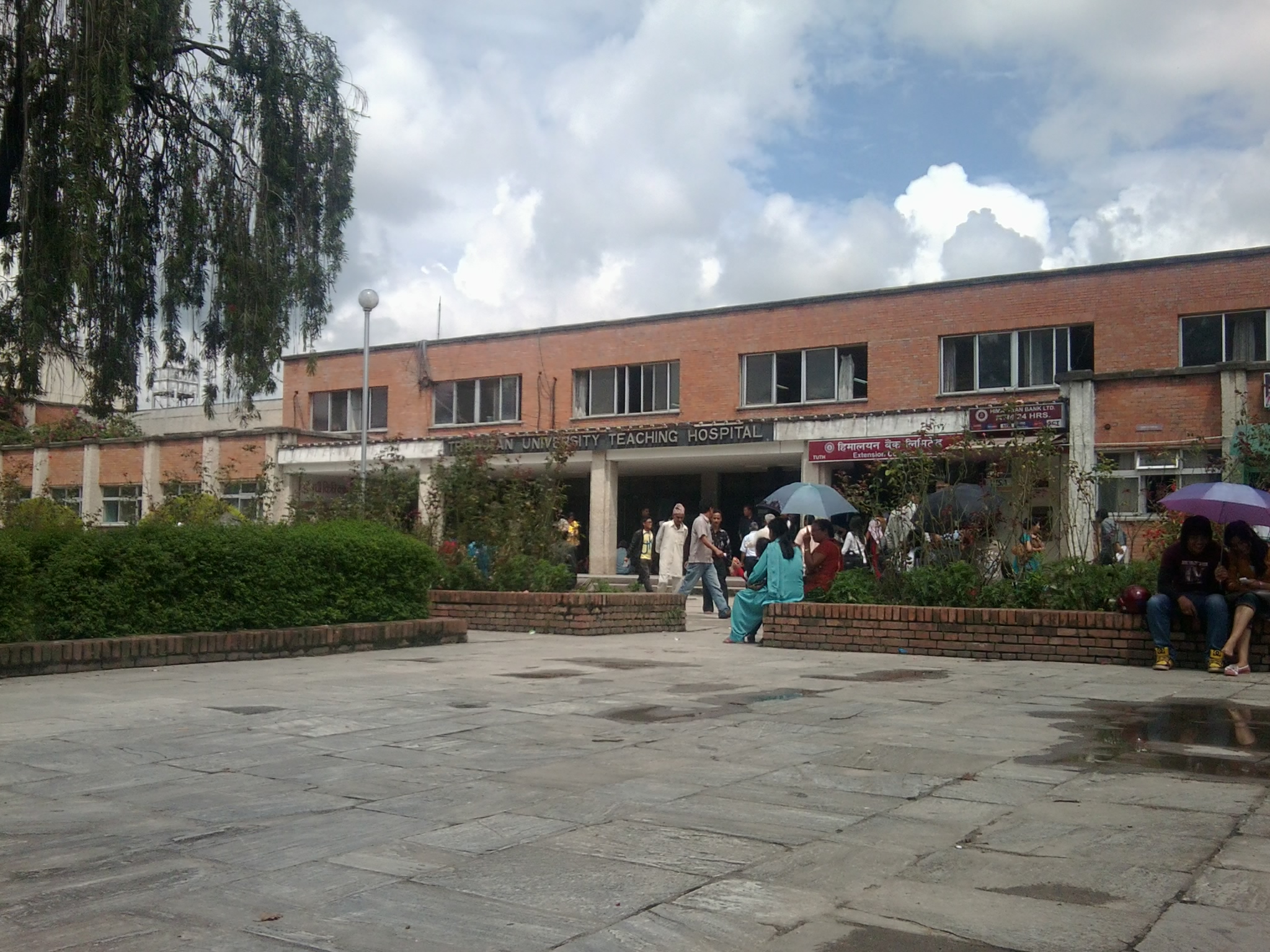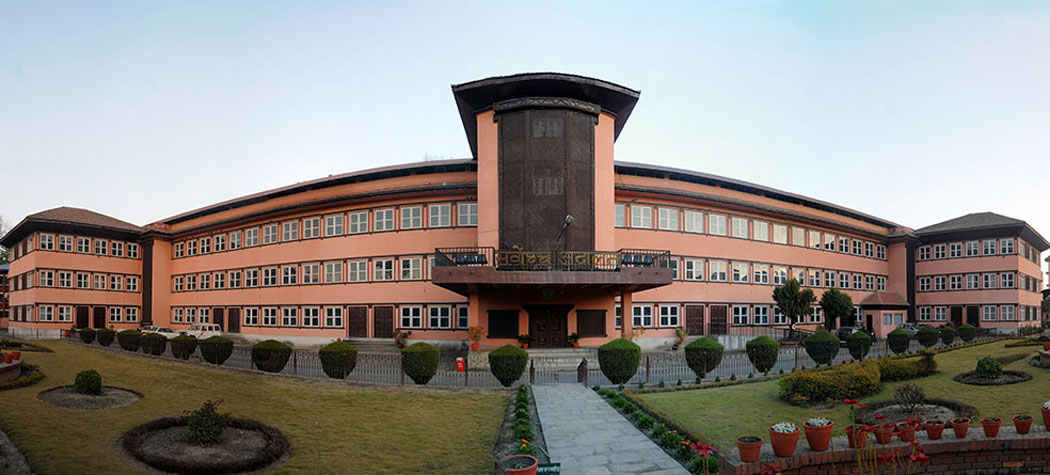What is the Current State of Corruption in Nepal?
Nepal's corruption landscape remains deeply entrenched despite decades of legal reforms and institutional mechanisms. The nation currently ranks 107th out of 180 countries in Transparency International's Corruption Perceptions Index 2024, with a concerning score of 34 out of 100.
Current Corruption Statistics in Nepal
|
Year |
CPI Rank |
Score (0-100) |
Regional Average |
Global Average |
|
2024 |
107th |
34 |
45 |
43 |
|
2023 |
106th |
35 |
44 |
43 |
|
2022 |
110th |
33 |
45 |
43 |
|
2021 |
117th |
33 |
45 |
43 |
The stagnation in Nepal's corruption index reveals fundamental structural problems that traditional approaches have failed to address. This persistent ranking demonstrates how deeply corruption has been embedded in Nepal's governance systems.
How to Understand Nepal's Anti-Corruption Legal Framework
Criminal Law on Corruption in Nepal: Primary Legislation
Nepal's anti-corruption legal architecture centers around several key pieces of legislation that create the foundation for combating corrupt practices:
The Commission for the Investigation of Abuse of Authority Act, 1991 (2048 BS) serves as the primary anti-corruption legislation. This act establishes the CIAA as the constitutional body responsible for investigating corruption cases. However, the act contains significant limitations that have been systematically exploited.
The Prevention of Corruption Act, 2002 (2059 BS) defines various forms of corruption and prescribes penalties. The act covers bribery, abuse of authority, and misappropriation of public resources, but enforcement mechanisms remain inadequate.
How CIAA Functions Under Current Legal Framework
The Commission for the Investigation of Abuse of Authority operates under constitutional mandate through Articles 240-248 of Nepal's Constitution. The commission structure includes:
- One Chief Commissioner (6-year term)
- Four Commissioners (6-year terms each)
- Regional offices across seven provinces
- Special investigation units
However, critical limitations plague the CIAA's effectiveness:
|
Limitation Category |
Specific Issues |
Impact on Corruption Control |
|
Jurisdictional |
Limited private sector coverage |
Major corruption cases escape scrutiny |
|
Procedural |
Lengthy investigation processes |
Cases drag for years without resolution |
|
Resource-based |
Inadequate funding and staffing |
Cannot handle complex financial crimes |
|
Political |
Susceptible to political interference |
High-profile cases face obstruction |
What are the Systematic Failures in Nepal's Corruption Control? {#systematic-failures}
How Political Interference Undermines Anti-Corruption Efforts
Political interference represents the most significant obstacle to effective corruption control in Nepal. The appointment process for CIAA commissioners often becomes politicized, with different political parties attempting to influence selections. This creates a conflict of interest when investigating cases involving political figures.
High-profile corruption cases frequently face procedural delays, strategic legal challenges, and resource constraints that appear deliberately orchestrated. The recent case involving former Prime Minister Madhav Kumar Nepal and 92 others in the Patanjali land deal exemplifies how complex corruption networks operate with impunity.
How Weak Institutional Capacity Enables Corruption
Nepal's anti-corruption institutions suffer from chronic weaknesses that corrupt actors exploit systematically:
Resource Constraints: CIAA receives inadequate budgetary allocation relative to the scope of corruption it must address. With limited financial resources, the commission cannot hire sufficient qualified investigators, forensic accountants, or legal experts needed for complex cases.
Technical Limitations: Modern corruption schemes involve sophisticated financial instruments, offshore accounts, and digital transactions. Nepal's anti-corruption agencies lack the technical expertise and tools necessary to investigate these complex arrangements effectively.
Coordination Failures: Multiple agencies involved in corruption control often work in silos. The lack of coordination between CIAA, Nepal Police, Department of Money Laundering Investigation, and other relevant bodies creates gaps that corrupt networks exploit.
How Cultural and Social Factors Perpetuate Corruption
Deep-rooted cultural acceptance of certain corrupt practices makes systemic change extremely difficult. Practices considered normal in social contexts become stepping stones to larger corrupt activities:
- Gift-giving traditions that blur lines between gratitude and bribery
- Relationship-based decision making that prioritizes personal connections over merit
- Tolerance for "small corruption" that normalizes larger corrupt practices
- Social status derived from wealth regardless of its source
How International Laws Impact Nepal's Anti-Corruption Efforts {#international-law}
International Law of Criminal Law in Nepal: Treaty Obligations
Nepal has ratified several international anti-corruption instruments that create binding legal obligations:
United Nations Convention against Corruption (UNCAC): Nepal ratified UNCAC in 2011, committing to implement comprehensive anti-corruption measures. However, implementation remains inadequate across multiple areas mandated by the convention.
South Asian Association for Regional Cooperation (SAARC) Convention on Mutual Assistance in Criminal Matters: This treaty facilitates cross-border cooperation in corruption investigations, but practical implementation faces significant bureaucratic obstacles.
How International Legal Standards Expose Nepal's Deficiencies
International anti-corruption standards highlight specific areas where Nepal's legal framework falls short:
|
International Standard |
Nepal's Implementation Gap |
Consequence |
|
Asset Declaration Systems |
Incomplete coverage, poor verification |
Hidden wealth accumulation |
|
Whistleblower Protection |
Inadequate legal safeguards |
Fear of retaliation prevents reporting |
|
International Cooperation |
Slow mutual legal assistance |
Cross-border corruption goes unpunished |
|
Private Sector Regulation |
Limited CIAA jurisdiction |
Corporate corruption thrives |
How Global Financial Systems Enable Nepal's Corruption
International financial systems inadvertently facilitate corruption in Nepal through several mechanisms:
Offshore Banking: Corrupt officials transfer illicit wealth to offshore accounts in jurisdictions with banking secrecy laws. Nepal's limited capacity for international financial investigation allows these transfers to proceed undetected.
Real Estate Investment: Foreign real estate markets absorb corrupt wealth from Nepal. Cities like Dubai, London, and Singapore become repositories for assets obtained through corruption in Nepal.
Shell Company Networks: Complex corporate structures across multiple jurisdictions obscure beneficial ownership of assets. Nepal lacks the investigative capacity to penetrate these sophisticated arrangements.
What Makes Nepal's Corruption Problem Unsolvable?
How Entrenched Networks Resist Reform
Corruption in Nepal operates through deeply entrenched networks that span political parties, bureaucracy, business communities, and civil society. These networks have evolved sophisticated mechanisms for self-preservation:
Mutual Dependence Systems: Corrupt actors create webs of mutual dependence where each participant has incentives to protect others. This creates powerful resistance to any genuine anti-corruption efforts.
Information Control: Corrupt networks maintain tight control over information flows. Whistleblowers face severe retaliation, and evidence gets systematically destroyed or hidden.
Resource Capture: Corrupt networks control significant economic resources, enabling them to hire the best legal talent, influence media coverage, and maintain political protection.
How Legal System Weaknesses Enable Impunity
Nepal's legal system contains fundamental weaknesses that corrupt actors exploit systematically:
Procedural Complexities: Anti-corruption laws contain numerous procedural requirements that skilled lawyers use to delay and derail cases. The average corruption case takes 5-7 years to reach conclusion, if it concludes at all.
Evidence Standards: High evidence standards for corruption cases, while important for protecting innocent individuals, create opportunities for destruction of evidence and witness intimidation.
Judicial Capacity: Courts lack specialized expertise in complex financial crimes. Judges often struggle with sophisticated corruption schemes involving multiple jurisdictions and complex financial instruments.
How Economic Incentives Perpetuate Corruption
The economic structure of Nepal creates powerful incentives for corrupt behavior that legal measures alone cannot address:
Low Public Sector Wages: Government salaries remain inadequate for middle-class living standards, creating pressure for supplemental income through corrupt practices.
Discretionary Powers: Many government positions involve significant discretionary powers over resource allocation, licensing, and approvals. These powers create opportunities for rent-seeking behavior.
Limited Economic Opportunities: In an economy with limited formal sector opportunities, government positions and their associated corrupt benefits become highly valued.
How to Address the Root Causes
How Comprehensive Legal Reform Could Work
Meaningful anti-corruption reform in Nepal requires comprehensive changes across multiple areas:
Strengthening CIAA Powers: The commission needs expanded jurisdiction to cover private sector corruption, enhanced investigation powers, and protection from political interference.
Reforming Criminal Procedures: Anti-corruption cases need specialized procedures that balance due process rights with effective prosecution. This includes time limits on proceedings and specialized courts.
Asset Recovery Mechanisms: Nepal needs stronger legal frameworks for asset recovery, including civil forfeiture laws and international cooperation mechanisms.
How Technology Can Transform Anti-Corruption Efforts
Modern technology offers powerful tools for combating corruption that Nepal has not fully utilized:
Digital Transaction Monitoring: Implementing comprehensive digital payment systems for government transactions can reduce opportunities for corruption while creating audit trails.
Artificial Intelligence Analysis: AI systems can analyze patterns in government contracts, appointments, and transactions to identify potential corruption indicators.
Blockchain Transparency: Blockchain technology can create transparent, tamper-proof records of government transactions and decisions.
How International Cooperation Must Expand
Nepal's corruption problem requires enhanced international cooperation across multiple dimensions:
Financial Intelligence Sharing: Automatic exchange of financial information with key jurisdictions where corrupt assets are held.
Capacity Building Programs: Systematic training programs for investigators, prosecutors, and judges in modern anti-corruption techniques.
Regional Coordination: Enhanced cooperation with neighboring countries to address cross-border corruption networks.
Frequently Asked Questions
What is the main reason Nepal cannot solve corruption?
Nepal cannot solve corruption primarily because corrupt networks have become deeply entrenched in political, economic, and social systems. These networks resist reform through political influence, resource control, and mutual protection mechanisms that operate across party lines and institutional boundaries.
How does CIAA work in Nepal?
CIAA functions as Nepal's constitutional anti-corruption body with powers to investigate, prosecute, and file cases against public officials. However, it operates with significant limitations including restricted jurisdiction, inadequate resources, and susceptibility to political interference that limit its effectiveness.
What are the main anti-corruption laws in Nepal?
Nepal's primary anti-corruption laws include the Commission for the Investigation of Abuse of Authority Act 1991, the Prevention of Corruption Act 2002, and various provisions in the Constitution. These laws establish investigation procedures, define corrupt practices, and prescribe penalties.
How does international law affect Nepal's anti-corruption efforts?
International law creates binding obligations for Nepal through treaties like UNCAC, but implementation remains weak. International legal standards expose gaps in Nepal's framework, while global financial systems inadvertently facilitate corruption through offshore banking and complex corporate structures.
Why do corruption cases take so long in Nepal?
Corruption cases in Nepal face systematic delays due to procedural complexities, evidence destruction, witness intimidation, and resource constraints. The average case takes 5-7 years, with many never reaching conclusion due to these systematic obstacles.
What role does politics play in Nepal's corruption problem?
Politics plays a central role by creating networks that span parties and institutions. Political interference in CIAA appointments, case selection, and resource allocation fundamentally undermines anti-corruption efforts and enables high-level impunity.
How can Nepal improve its corruption ranking?
Nepal can improve its ranking through comprehensive legal reform, strengthening institutional capacity, reducing political interference, implementing technology solutions, and enhancing international cooperation. However, these changes require political will that current corrupt networks actively resist.
What is the economic impact of corruption in Nepal?
Corruption significantly reduces economic growth, discourages foreign investment, increases inequality, and diverts resources from development priorities. The economic cost is estimated at several percentage points of GDP annually, perpetuating poverty and underdevelopment.
How do other countries successfully fight corruption?
Successful anti-corruption countries typically combine strong institutions, political will, civil society engagement, technological solutions, and international cooperation. However, Nepal's specific context of entrenched networks and weak institutions makes direct replication of other models challenging.
What can citizens do about corruption in Nepal?
Citizens can file complaints with CIAA, support transparency initiatives, demand accountability from elected officials, and participate in civil society organizations. However, systemic change requires coordinated action across multiple sectors and sustained political pressure for reform.
Conclusion
Nepal's inability to solve its corruption problem stems from the convergence of multiple systemic failures that reinforce each other in a vicious cycle. The combination of weak legal frameworks, inadequate institutional capacity, entrenched corrupt networks, and insufficient international cooperation creates an environment where corruption not only persists but thrives.
The criminal law on corruption in Nepal, while comprehensive on paper, lacks the enforcement mechanisms necessary for effective implementation. The CIAA, despite its constitutional mandate, operates under constraints that fundamentally limit its ability to address high-level corruption. International law obligations remain largely unfulfilled, while global financial systems continue to provide avenues for illicit wealth transfer.
Most critically, the problem extends beyond legal and institutional deficiencies to encompass cultural, economic, and political factors that create powerful incentives for corrupt behavior. Until Nepal addresses these root causes through comprehensive reform that includes strengthening institutions, reducing political interference, implementing technological solutions, and enhancing international cooperation, the corruption problem will remain fundamentally unsolvable.
The path forward requires acknowledgment that traditional approaches have failed and that transformative change across multiple dimensions simultaneously is necessary. This includes not only legal and institutional reform but also cultural change, economic restructuring, and sustained political commitment to transparency and accountability.
Without such comprehensive transformation, Nepal will continue to rank poorly in international corruption indices, perpetuating the cycle of underdevelopment and institutional weakness that makes the country vulnerable to corrupt practices in the first place.






